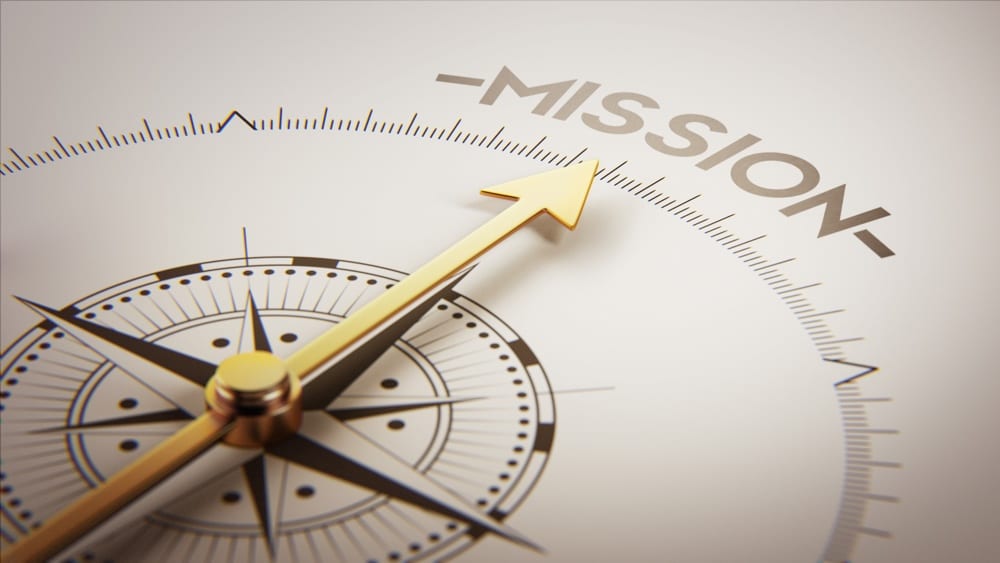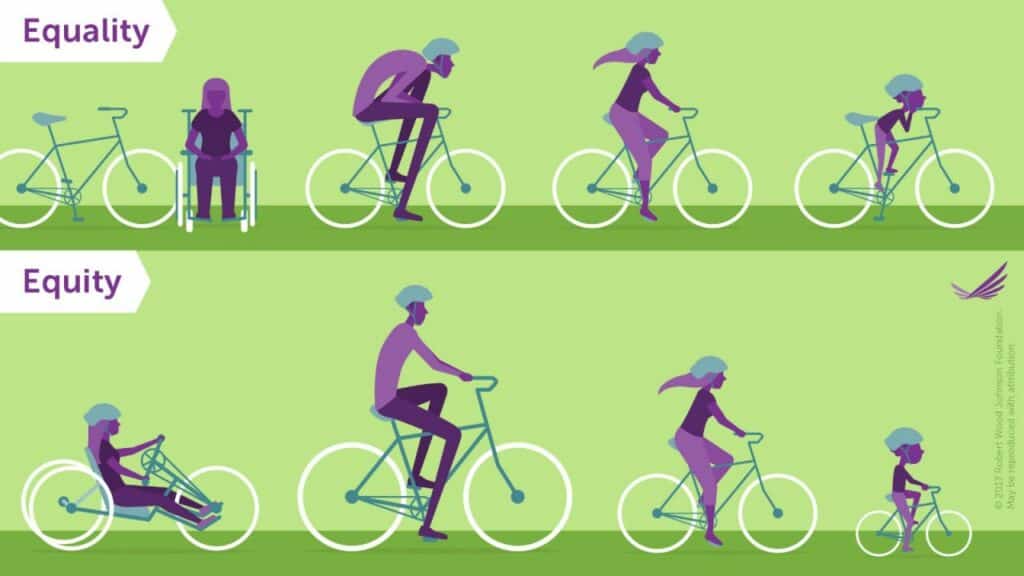When we first established our mission to abolish inequity in the workplace, we knew very well that this was a lofty goal.
ABOLISH
We also understood that the word ‘abolish’ might stir up historical connotations particularly here in the US, since it’s frequently associated with ending slavery. It also means ‘to end’. We chose this word specifically because we want to be very clear that our aim is to eliminate, remove, and completely be rid of inequity. It’s not enough to simply move the needle.
INEQUITY
Addressing inequity gets at the heart of so many of the problems we face as a society, and the workplace is a microcosm and reflection of society. While equality can be helpful as an on-ramp for some people to start reflecting on and discussing DEI in the workplace, ultimately it still doesn’t address the real underlying issue – that humans are not a monolith. We each need different tools and resources to be successful, as the graphic below so eloquently illustrates. Sometimes equity is the pathway for us to get to the goal of equality. We define equity as access to resources that people need, in order to be successful.
It’s important to remember that we’re all better off treating others not as we want to be treated (commonly referred to as “The Golden Rule”), but as others want to be treated (the “Platinum Rule”). However, our work as a DEI-focused organization actually takes it one step past the Platinum Rule. If we treat people exactly as they want to be treated, that reduces the opportunities to lean into discomfort and grow in their learnings. So, our work actually is inspired by the “Titanium Rule”– while we can’t always give people what they want, we can give them what they need.
WORKPLACE
Our work focuses on the workplace because many of us spend the bulk of our waking hours in an environment where we’re with other people, doing our best to accomplish something together. Traditionally, the workplace has been an environment where most have wanted to simply or solely focus on the work. That may have worked at one time, and with some people (likely those in power), but as we evolve and as the nature of work shifts, the “workplace” needs an overhaul. 2020 was a momentous year for workplace awareness of and focus on access, inclusion, and white supremacy culture, among other key concepts, but in the three years following we’ve already seen a quick backslide in corporate efforts to abolish inequity.
One of our favorite statements to refer to as an organization is “the work is not the workshop”. The real work happens in the moments after we wrap up a training. Sometimes it happens weeks, months, or years after we’ve engaged in a learning discussion. There are two key points to keep in mind. First, there will always be ebbs and flows to DEI work. As we see backslides and backlashes occur, it means that we’re grappling with change– and change takes time and can be messy. Second, this is lifelong work. It is not work that will be solved by taking a training or a webinar. It’s not work that necessarily has an endpoint to it. It’s marathon work, and the marathon doesn’t have a finish line. This kind of work and this kind of thinking don’t align easily with how most companies are structured, or how most of us have been taught to think of work in general.
So, as we continue to focus on abolishing inequity in the workplace, we must by the very nature of this goal think also about what comes after abolishment, and what it means to redefine work. Seven years into our practice as a DEI organization, we know that these goals are more important now than ever. We must continue to abolish inequity in the workplace so that we can get greater clarity on what a world that we design might look like, as opposed to fitting into a sometimes flawed world that we’ve inherited.

